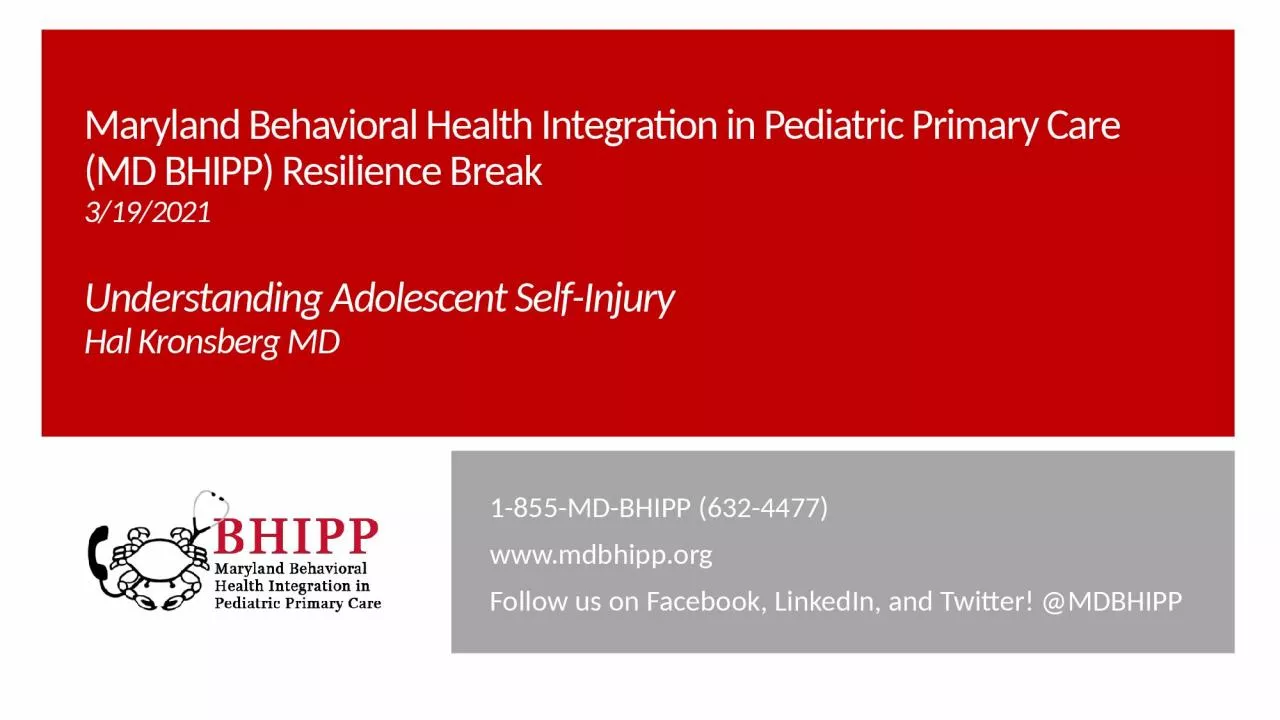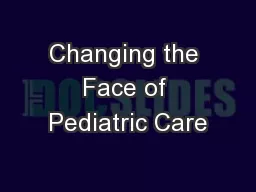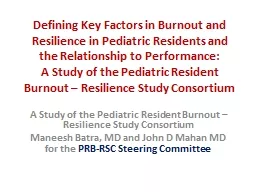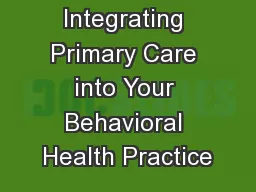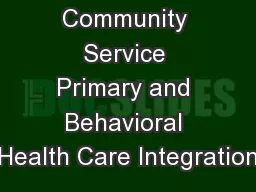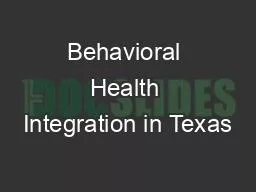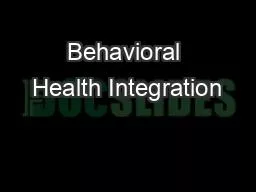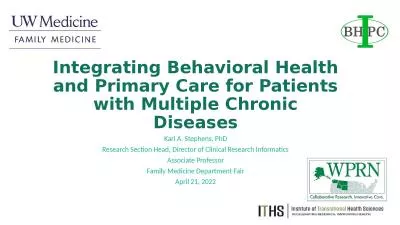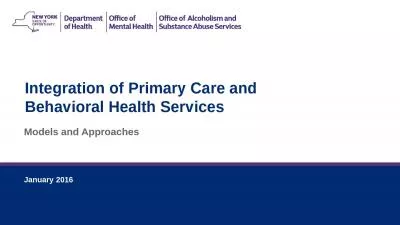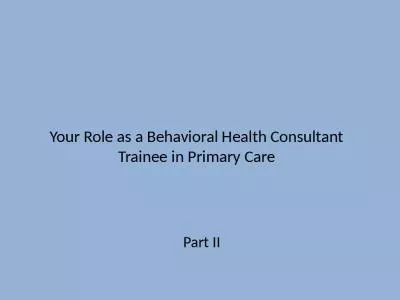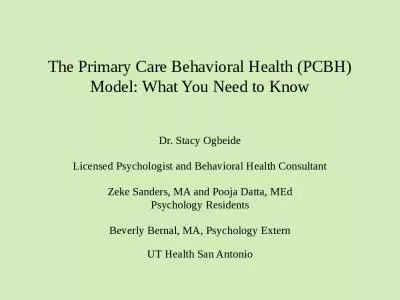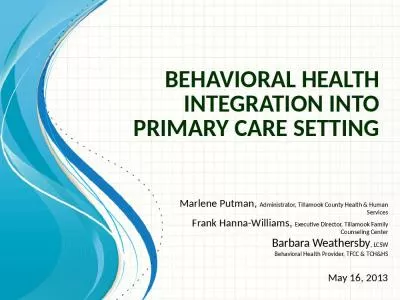PPT-Maryland Behavioral Health Integration in Pediatric Primary Care (MD BHIPP) Resilience
Author : kimberly | Published Date : 2023-07-22
3192021 Understanding Adolescent SelfInjury Hal Kronsberg MD 1855MDBHIPP 6324477 wwwmdbhipporg Follow us on Facebook LinkedIn and Twitter MDBHIPP Conflict of interest
Presentation Embed Code
Download Presentation
Download Presentation The PPT/PDF document "Maryland Behavioral Health Integration i..." is the property of its rightful owner. Permission is granted to download and print the materials on this website for personal, non-commercial use only, and to display it on your personal computer provided you do not modify the materials and that you retain all copyright notices contained in the materials. By downloading content from our website, you accept the terms of this agreement.
Maryland Behavioral Health Integration in Pediatric Primary Care (MD BHIPP) Resilience: Transcript
Download Rules Of Document
"Maryland Behavioral Health Integration in Pediatric Primary Care (MD BHIPP) Resilience"The content belongs to its owner. You may download and print it for personal use, without modification, and keep all copyright notices. By downloading, you agree to these terms.
Related Documents

